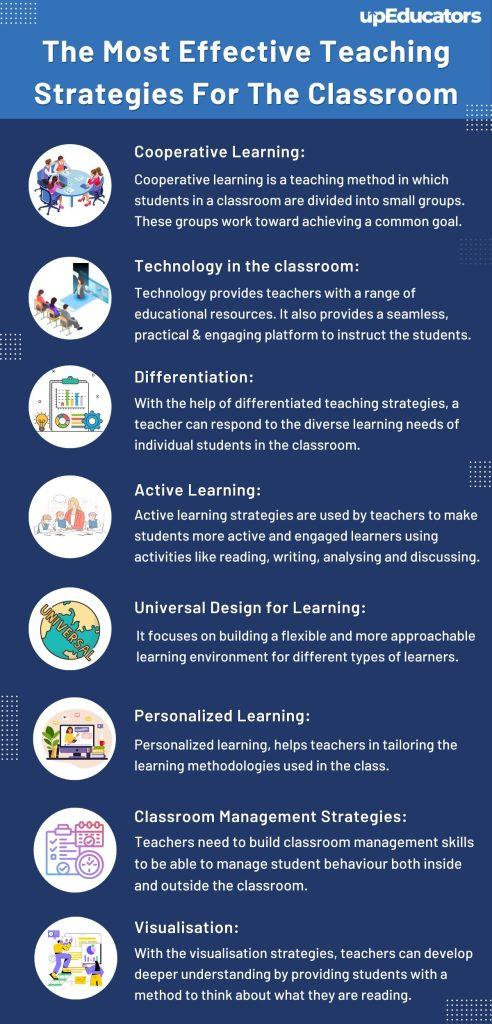10 Proven Strategies for Effective Remote Teaching: Maximize Engagement and Learning Online
Remote teaching is transforming education by making learning accessible, flexible, and personalized. Though, keeping students engaged and ensuring high-quality learning outcomes in online classrooms can be challenging for educators. Whether you are new to virtual teaching or seeking to improve your techniques, implementing effective remote teaching strategies is crucial. In this comprehensive guide, discover 10 proven strategies to enhance engagement, motivation, and student success in your digital classroom.
Benefits of effective Remote Teaching
Before we dive into actionable strategies, it’s vital to recognize the key benefits of remote teaching when executed effectively:
- Accessibility: Students can participate from anywhere, eliminating geographical barriers.
- flexibility: Allows for personalized learning paces and schedules.
- Resource Variety: Access to a vast array of online tools, multimedia, and educational resources.
- Skill Development: Encourages autonomy, digital literacy, and time management among students.
10 Proven Strategies for Effective Remote Teaching
Here are ten research-backed strategies to create an engaging and effective online learning experience:
1. Establish Clear Expectations and Routines
- Define learning goals, participation rules, and communication protocols at the start.
- Share a structured syllabus, deadlines, and recommended daily schedules.
- Use WordPress plugins like TablePress or Google Calendar integration to keep class schedules transparent.
“Consistency builds a sense of security and commitment—vital ingredients in online learning environments.”
2. Leverage Interactive Tools and Educational Technology
- Utilize platforms like Zoom, Google Classroom, or Microsoft Teams for live sessions.
- Incorporate collaborative tools such as Padlet, Jamboard, or Kahoot! for quizzes and brainstorming.
- Embed interactive videos and simulations to enhance understanding and retention.
Tip: Always provide tutorials or guidance for students unfamiliar with new technology.
3. Foster a Sense of Community
- Encourage regular introductions, discussions, and group projects.
- Create breakout rooms for small group activities and peer-to-peer learning.
- Host virtual office hours or “coffee chats” for informal support and connection.
4. Offer Varied and Adaptive Assessments
- Mix customary quizzes with creative assignments such as videos, blogs, or infographics.
- Use online assessment tools (like Quizizz or Google Forms) that allow for instant feedback.
- Create opportunities for self- and peer-assessment to build metacognitive skills.
5. Prioritize student Engagement Through Active Learning
- Incorporate real-time polls, guided discussions, and case studies during lessons.
- Use flipped classroom techniques—share content in advance and dedicate live sessions to activities and Q&A.
- Assign meaningful, hands-on projects relevant to students’ interests and experiences.
Mrs. Johnson,a high school science teacher,boosted student participation by using interactive simulations and forming small lab teams online.Attendance and test scores increased by 20% after embedding regular online peer discussions in her remote class routine.
6. Maintain Personal Connections and Provide Timely Feedback
- Regularly check in with students using personalized messages or one-on-one video chats.
- Offer prompt, constructive feedback to motivate learners and guide improvement.
- Recognize accomplishments, both academic and personal, to foster a supportive climate.
7. Ensure Accessibility and Inclusivity
- Provide captions, transcripts, or option formats for video and audio materials.
- Make sure all resources comply with WCAG guidelines for accessible web content.
- Recognize diverse backgrounds—adapt materials to different learning needs and languages where possible.
“No one should feel left behind—embracing inclusivity is basic to effective online education.”
8. Encourage Self-Regulation and Accountability
- Teach goal-setting, time management, and study strategies explicitly.
- Set up progress trackers or learning journals using WordPress forms or Google Docs.
- Hold regular reflection sessions to help students monitor and celebrate their growth.
9.Integrate Multimedia and Real-World Examples
- Add videos, podcasts, infographics, and real-life scenarios to illustrate key concepts.
- Invite guest speakers or professionals for virtual talks and Q&As.
- Create opportunities for students to share their own experiences or current event connections.
10.Continuously Reflect and Improve Your Remote Teaching Practices
- Gather regular feedback from students through surveys or open forums.
- Track engagement data with analytics plugins or platform reports.
- Adjust and experiment with teaching methods—stay updated on remote teaching trends and research.
Remember, remote teaching is an evolving journey. Flexibility, curiosity, and empathy will help you and your students thrive.
Practical Tips from Experienced Remote Teachers
- Plan for Tech Glitches: Always have a backup plan for technical issues. Email lesson summaries or record sessions for later viewing.
- short and Sweet: Break lessons into smaller segments and intersperse with activity breaks.
- Visible Presence: Stay visible through video, voice, and interactive posts to maintain “digital presence.”
- Flexibility: Allow some flexibility with deadlines and participation to accommodate students’ varying home environments.
“Empathy and communication are your most powerful teaching tools online. When students feel seen and heard, engagement soars.”
Conclusion: Elevate Your Online Teaching for Maximum Engagement
Implementing these 10 proven strategies for effective remote teaching will transform the way you connect with students and enhance their learning experience. By embracing interactive technologies, fostering community, and practicing student-centered approaches, educators can maximize engagement, motivation, and academic success online. Keep your remote classrooms dynamic, inclusive, and reflective—because every digital lesson is an opportunity to inspire and empower the next generation of learners.
Continue learning, adapt proactively, and remain a champion for your students’ growth no matter where teaching takes you!
Looking for more tips on online teaching strategies, student engagement in virtual classrooms, or remote learning best practices? Subscribe to our newsletter for fresh resources, tutorials, and expert insights!

